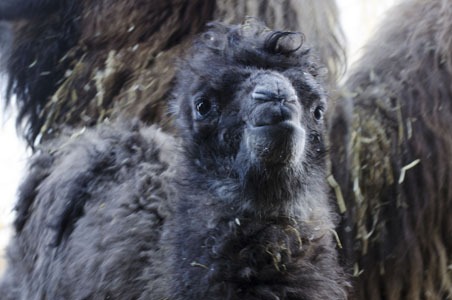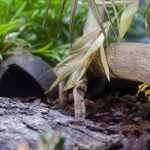New-born camel helps boost endangered species

On 13th February we had a camel calf born at Flamingo Land! The calf is yet to be named but Abi the camel gave birth to a healthy girl. This is Abi’s second calf and she is looking after it very well.
Abi was hand-reared but she still has a motherly instinct to make sure the calf is protected and suckling from her. The calf’s dad, Baxter, is living within the same camel house along with the rest of our camels, although they are being kept separate from Abi and her calf for a few days to give them a bit of privacy.
All of our camels are two-humped Bactrian camels. Wild Bactrian camels are critically endangered and found in the Gobi desert in Asia. Despite there being numerous domesticated camels, the wild population is less than 1000, with around 600 individuals in China and 350 in Mongolia. This is a similar situation to the Asian elephant, where the majority of individuals existing in the world today are domesticated rather than wild. Unfortunately the population numbers are decreasing due to several threats. Droughts can affect the camels, due to a decrease in water pools making it harder for them to find sources of water. The remaining pools may also have populations of wolves which could predate on the camels. Conservation efforts in Mongolia and China are in place to protect these camels in their natural habitat, however breeding programmes within zoos are also extremely important to maintain the population numbers.
Female camels only give birth around every two years, and they are pregnant for between 12 and 14 months, so their reproductive rate is fairly slow. This would make it difficult for them to recover from extremely low population numbers, and avoid extinction.
Despite the camels living in such a harsh environment, and facing lots of threats, they are very well adapted to their habitat. The camels have very long eyelashes and they are able to close their nostrils to prevent sand from blowing into them. They have fat in their humps, which they are able to break down into water and energy if they’re struggling to find natural water sources. Camels also have large feet, which help to spread their weight whilst walking through the sand dunes in the desert.
Lindsay Taylor – Education Officer


